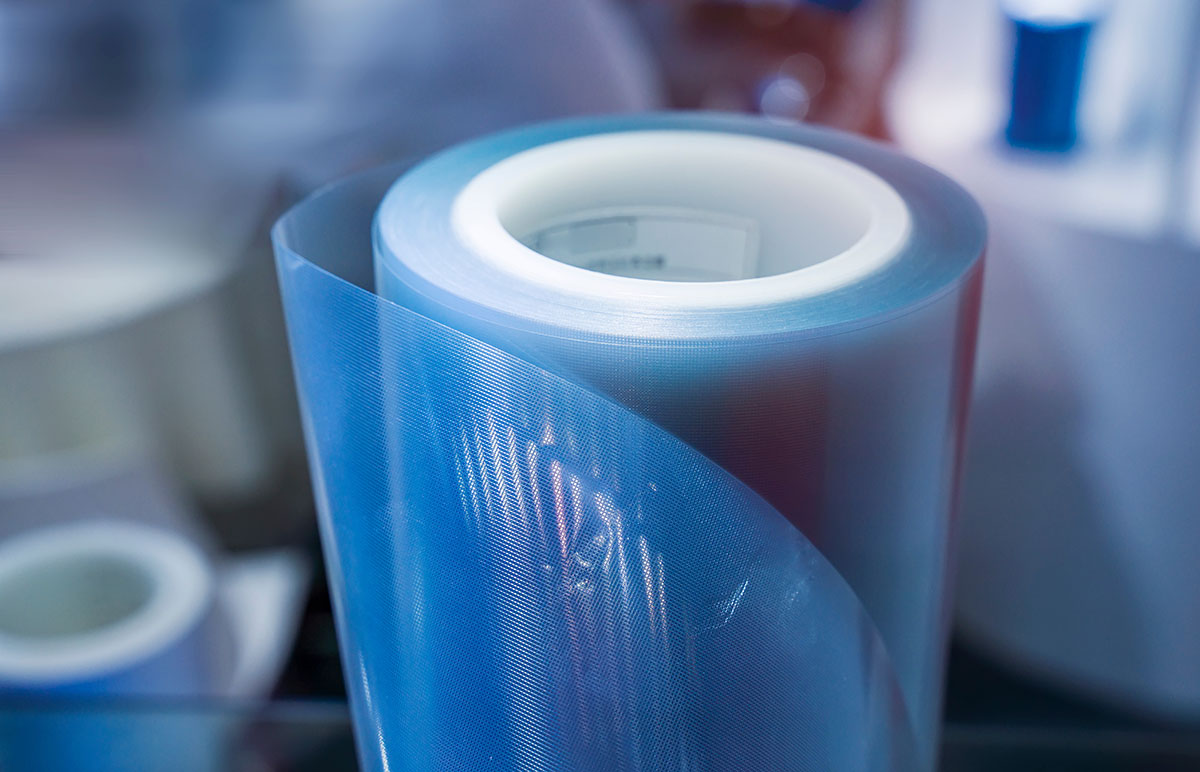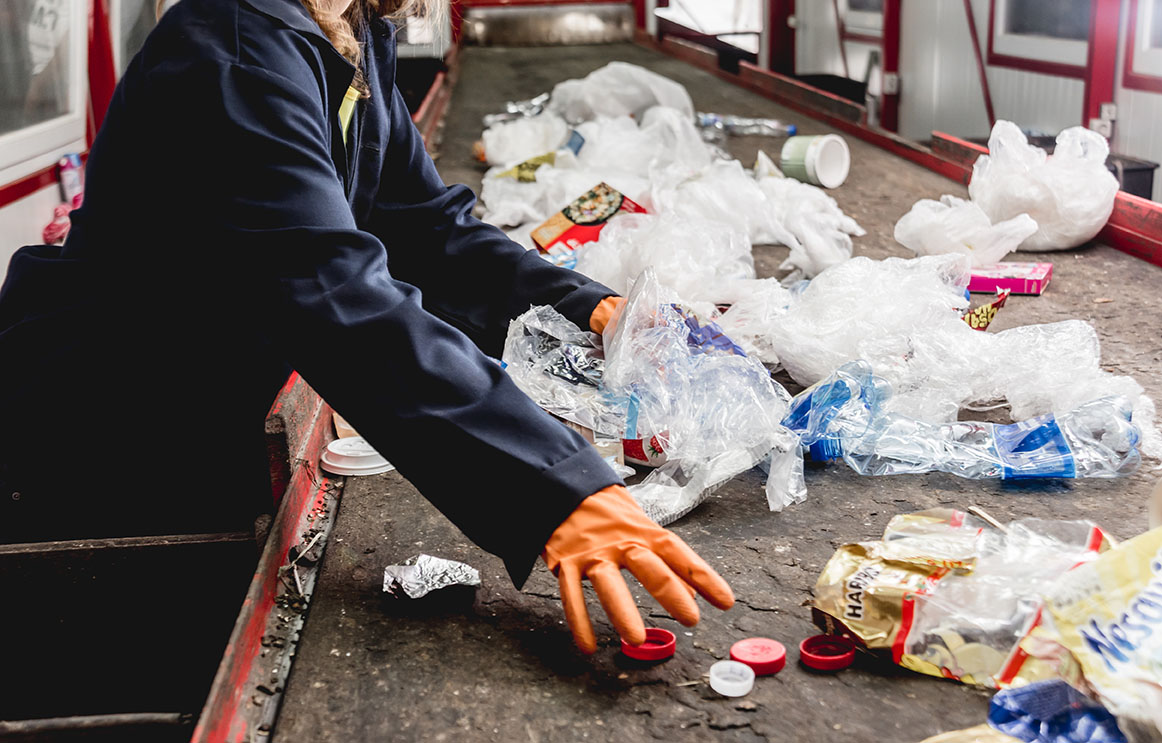Foamed Films Offer a New Solution for Recyclable Packaging

Researchers at ANTEC® 2025 showed that foamed multilayer blown films can achieve densities compatible with mechanical sorting systems while maintaining essential packaging performance.
Sustainability in packaging remains a key priority, and researchers at IKV in Germany actively seek to improve film recyclability. Therefore, their ANTEC® 2025 study explores how foamed multilayer blown films reduce density while maintaining critical packaging performance standards. By adjusting the film structure, they aim to meet mechanical sorting criteria and support more effective recycling of high-filled plastic materials.
You can also read: Stone Packaging: The Next Wave in Sustainable Materials?
The Problem with High-Filled Films
Polyolefin films with high calcium carbonate content are widely used in packaging due to their paper-like look and mechanical properties. However, the added filler increases the film’s density beyond 1 g/cm³, making it unsuitable for polyolefin swim-sink recycling systems. Consequently, these films are misclassified during sorting and fail to enter proper recycling streams, despite being recyclable polymers. Therefore, improving their density profile is crucial for enhancing recovery and supporting circularity in flexible plastic packaging applications.
Using Foaming to Enable Recyclability
To solve this problem, IKV researchers tested chemical blowing agents to create a foamed core in multilayer blown film structures. They strategically foamed only the middle layer, which reduced overall film density while maintaining compact outer layers for structural stability. This multilayer design helped preserve mechanical properties like foldability, tensile strength, and dead-fold angle, which are essential for packaging performance. As a result, the film could remain functional for use in butter wrappers and food labels while improving recyclability.

The multilayer structure maintained essential packaging properties and enhanced recyclability.
Process Optimization and Key Findings
The researchers evaluated films with 3 wt.% and 5 wt.% of CBA in the core layer, using various polyethylene (PE) grades. The 3 wt.% foamed film reached a density of 0.75 g/cm³, a significant reduction of about 40% compared to unfoamed films. Surprisingly, increasing the CBA to 5 wt.% only marginally reduced density further, to 0.72 g/cm³, indicating diminishing returns. They also found that molecular weight and branching of the polyethylene grades strongly influenced foam structure. Higher melt strength supported better foaming and more uniform cell distribution. The layer mass ratio between outer and inner layers also impacted the final mechanical properties.
Balancing Performance and Sustainability
Although foaming reduced the film’s density and improved sortability, it negatively impacted the dead-fold angle in packaging applications.
Specifically, as foaming increased, the dead-fold angle worsened—rising from 84° in unfoamed films to over 110° at 5% CBA. However, the researchers adjusted the outer layer composition and mass ratio to regain some of the lost dead-fold performance. As a result, the final optimized film achieved 0.857 g/cm³ density and 86.5° dead-fold angle, balancing recyclability and functionality effectively. Furthermore, the film’s specific tensile strength in the machine direction reached 14.58 MPa/(g/cm³), ensuring suitability for demanding packaging needs.
A Step Toward Circular Packaging
This study demonstrates a viable method for converting non-recyclable high-filled films into sortable, recyclable materials without compromising essential packaging functions. By incorporating foamed structures, manufacturers can maintain the visual and mechanical characteristics needed for consumer packaging while meeting recycling standards based on density.
The work by Stieglitz, Prof. Dr.-Ing. Christian Hopmann and his team supports broader goals in the plastics industry to create circular packaging solutions. It provides an innovative strategy that combines material science and process engineering to tackle the recyclability challenge of complex multilayer films.
Looking Ahead
While lab-scale results are promising, the researchers acknowledge that further industrial-scale validation and recycling tests are needed. They plan to evaluate how these foamed films behave in post-consumer sorting and reprocessing systems.
Nonetheless, their approach opens the door to new design pathways for sustainable packaging—ones that do not compromise on quality or functionality. By making recyclability a design feature, this research brings the industry one step closer to a closed-loop system for flexible packaging materials.
